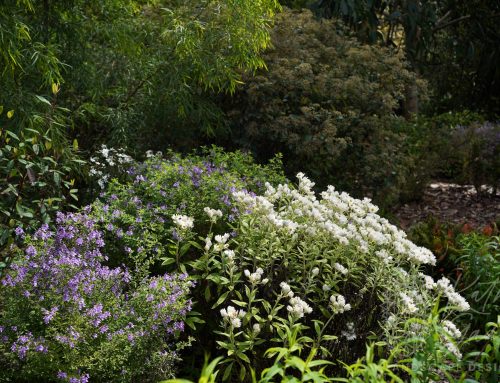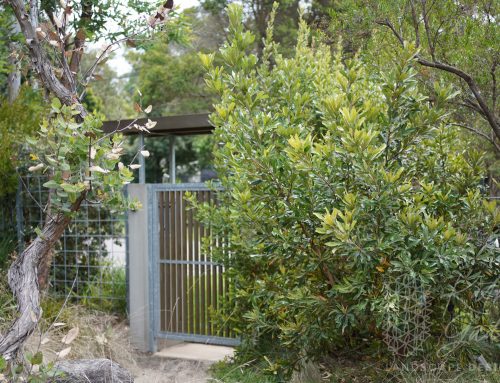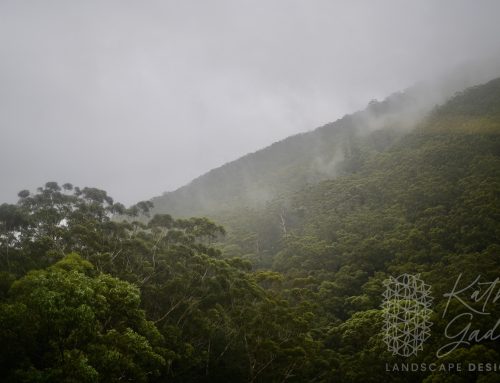I have been slowly sifting through my photos from my month in Japan, I took a LOT of photos. The trip was both wonderful and intense, travelling as a family meant there were four agendas to be met and although I did get to see some incredible gardens, I really was just skimming the surface. I had forgotten how dense Japanese culture is, how deeply rooted their aesthetic and how perfect their interpretation of nature can be in a man made garden. This meant I spent a lot of time blindly snapping and documenting what I saw with the intent of processing and digesting it later. That later is now! I have realised that these Journal entries on Landscape details will need to be divided into parts. It makes sense to make this first entry about achievable and recycled Landscape Design elements which can be easily integrated into any garden, the materials are either free or cheap and require no machinery or intensive muscle to work with.
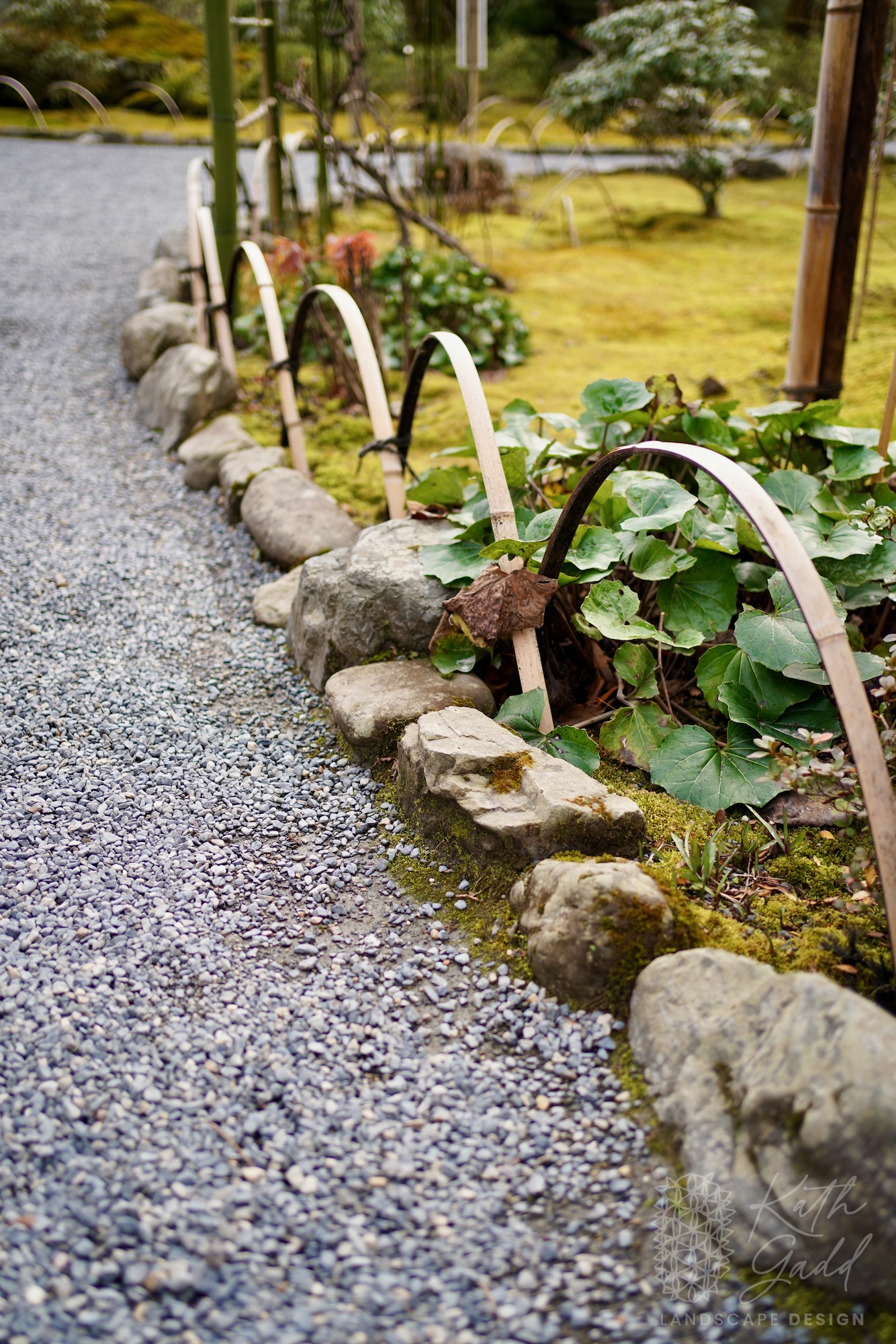
I would like to begin with this simple bamboo strip garden edge, which epitomises the concept of ‘flow’ in the garden. I think this is ingenious, a looping low edge which can be used to define a garden bed, keep paws and feet at bay or simply give the eye a line to follow down the garden path.
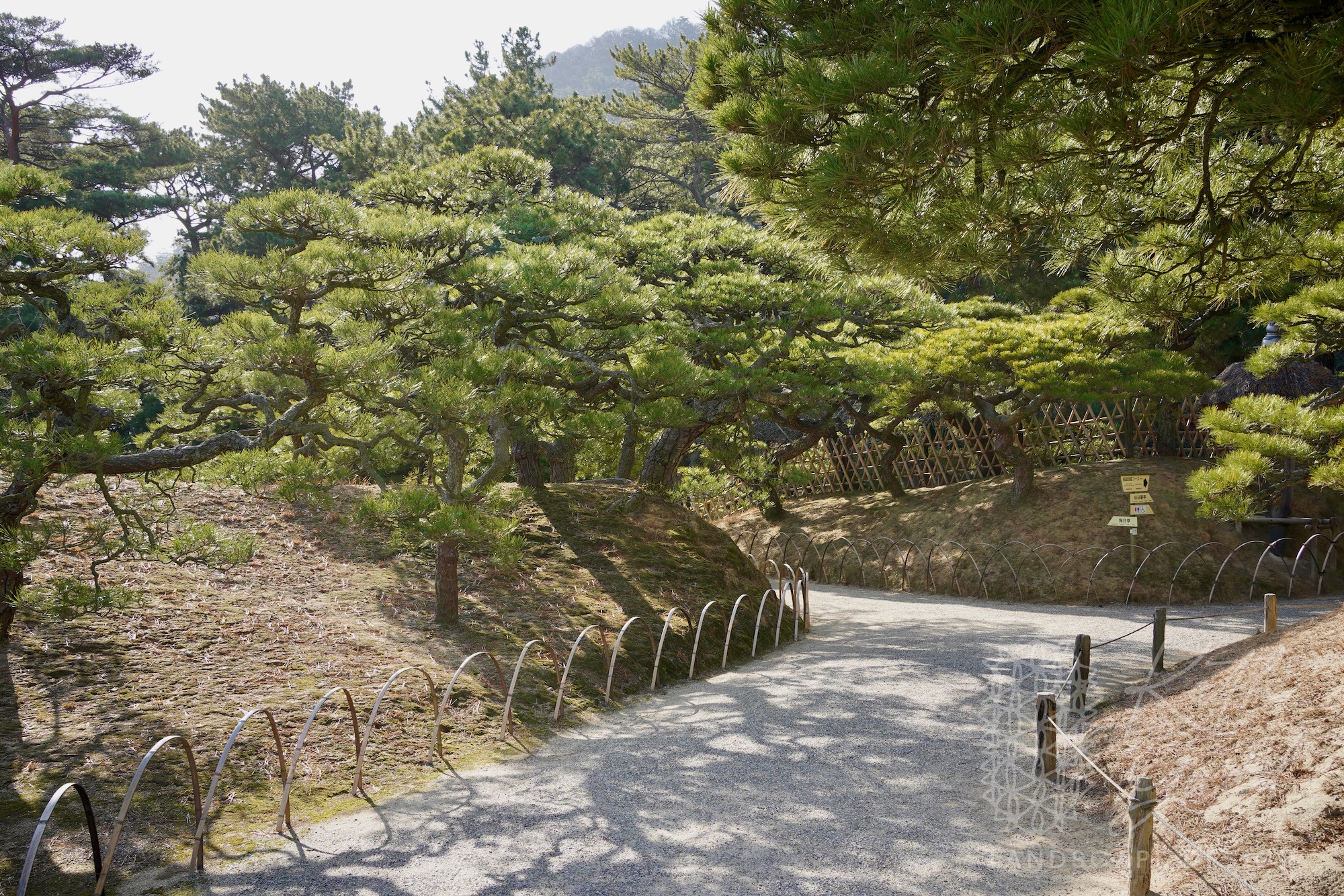
It is just strips of bamboo buried at each end in the earth and then tied together with string, they can be tied low down to the ground for a more open loop or higher up and overlapped. You can also incorporate a rock or boulder edge if your pathway needs more definition.

I also love the idea of combining it with other low Bamboo edging as you can see in the image above, where the fence opposite is a completely different style.

The second edging favourite I saw often in public parks, it is more of a utilitarian way of dealing with a busy open public space and protecting the bases of trees and garden beds. It also allows you to add the fallen leaf litter to the base of the tree and reduces any green waste.
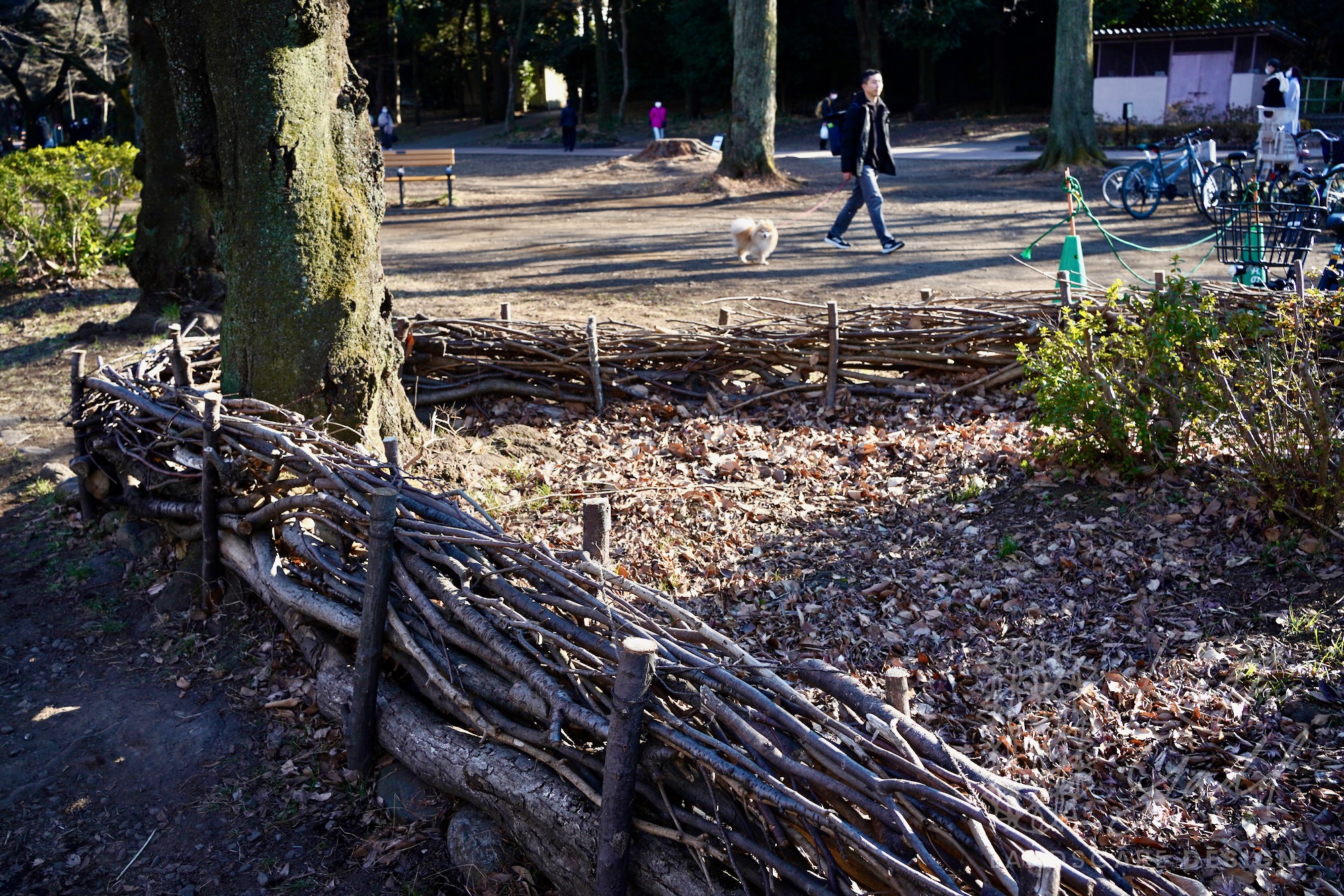
Again, sticks and string, arranged artfully (Japanese style) in three distinct layers to make a low garden bed or wall. This was around 600-700mm high and about 300-400mm wide so it also makes wonderful habitat for insects and animals. Logs were lain as the first coarse, followed by vertical branches for stakes then infilled with small logs and twigs on top. This of course will break down and need to be reinstated after a couple of years, remember a garden is never finished? I know this would never work in an Australian public open space, too many risk assessments and OH&S hazards ….

And lastly what is a garden without water, especially a Japanese garden, most of us don’t need a reminder about why water is such an integral element in a garden. What I loved this time around was the humble stone water bowl or dish known as ‘Tsukubai’ these basins were originally placed outside temples and shrines, so that any visitors could wash, cleansing and purifying themselves before entering. These are often combined with a bamboo spout which continuously refreshes the water, however I enjoyed them as small reflection pools especially when they became covered in moss!
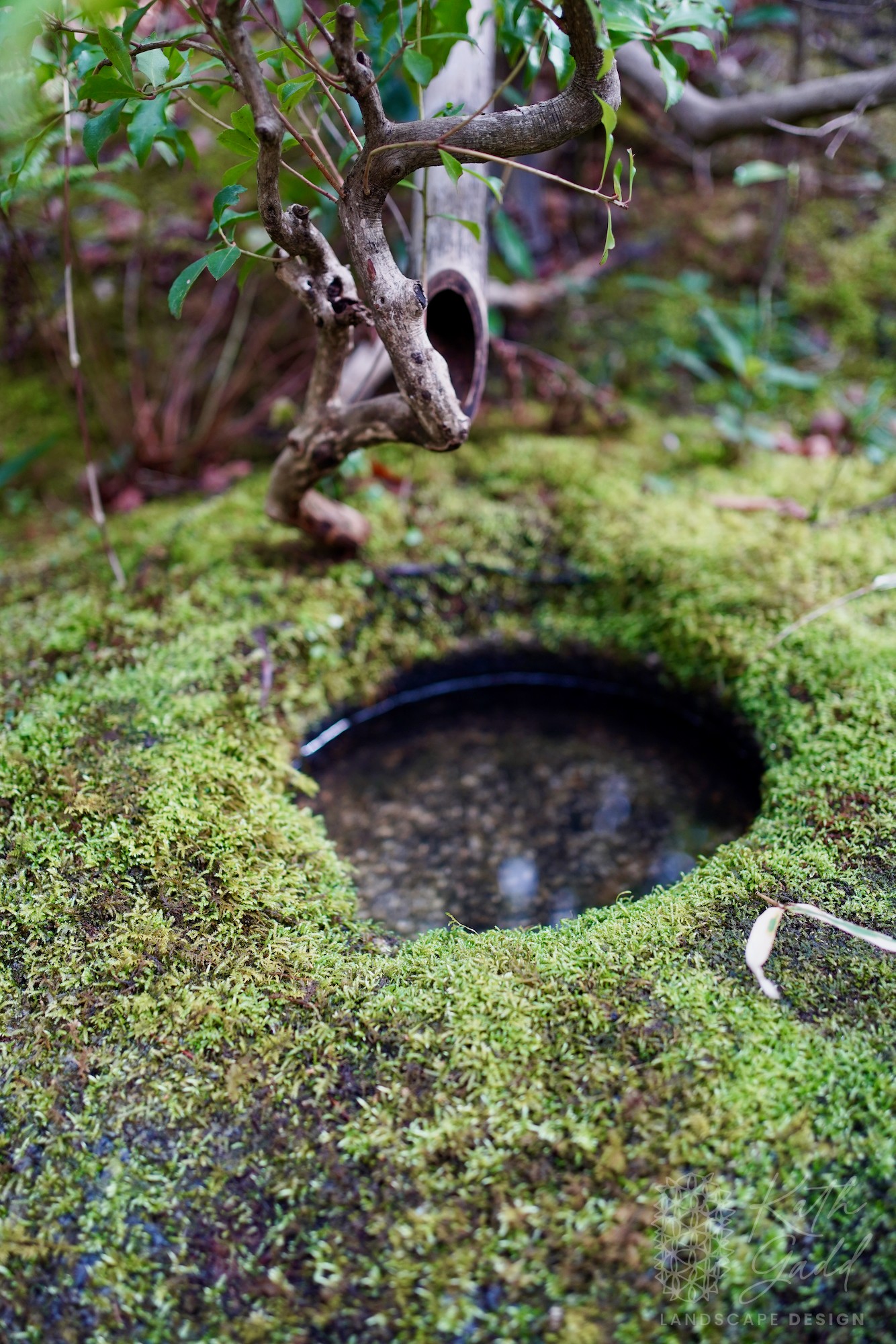
Incorporating a shallow sandstone or granite dish into a shady corner of your garden will bring you much joy as it begins to age, becoming covered in lichen and moss. Make sure the dish is shallow enough for the water to evaporate every few days to avoid mosquitos breeding 😉

